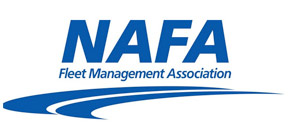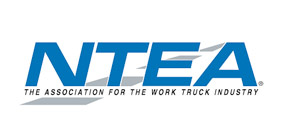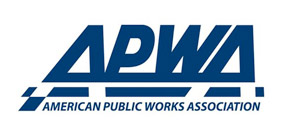Raleigh builds excitement for upcoming park with invasive species removal workdays

In order to quickly rid a planned city park of invasive plant species, Raleigh, N.C., got the community involved in a workday at River Cane Wetland Park. All Raleigh residents were invited to join in helping the department remove Chinese privet and autumn olive throughout large tract of land that is under development as a public space.
While the removal of invasive species is important for the health of parks, Raleigh also used the workday as a way to continue building excitement for River Cane.
Raleigh Parks worked with a land stewardship team and volunteer services team to determine the intention and goals of the workday as part of the master planning process for the park. Key individuals in organizing the event included Lauryn Kabrick, park planner; Sean Gough, land stewardship program manager; and Mary Owens, volunteer services resource development manager.
The parks department was able to use its volunteer program to help organize the event and recruit volunteers. To promote involvement by the public, the workday event was widely marketed. Information regarding the event was shared on the project’s webpage and sent out to subscribers through email. The park’s volunteer program portal also worked to promote it.

Members of the Community Advisory Group who participated in the master planning process meeting helped to promote the event as well, each within their own sections of the community.
On the workday, 10 volunteers joined the department in removing the invasive species. They used loppers, hand saws and pruners to thin out and remove the Chinese privet and autumn olive plants. The park’s land stewardship team then applied herbicide to the remaining stumps to prevent regrowth of the invasive plants. The work done that day covered approximately 1.2 acres.
The city is planned on hosting more invasive species removal workdays at River Cane. The second one was scheduled for Jan. 23. The workdays will continue until construction on the new park is complete.
Invasive species removal workdays are held throughout the city in various parks, with all events promoted on the park department’s volunteer program webpage. Other community workday events include cemetery cleanup, bed planting, bulb planting, flower planting, brick restoration, mulching and invasive species removal.
Future workdays are slated to retain the same format, according to Raleigh Parks, Recreation and Cultural Resources Department capital projects manager Emma Liles. The primary change the department might make would be to take photos that would help promote the event and share the progress made.
The community was positive and supportive of the invasive species removal workday. Those who volunteered enjoyed being able to work with their hands and see a visible different they made in the upcoming River Cane Wetland Park, Liles said. Other perks for volunteers included getting a sneak peek of the park and its future plans.
For other cities considering setting up a community workday, Liles recommended, “Go for it! Volunteer workdays and other pop-up events are a great way to build enthusiasm and develop stewardship toward forthcoming community spaces.”
River Cane Wetland Park is meant to be inclusive and accessible and will eventually include paved and natural trails, pedestrian connections to nearby neighborhoods, an iconic boardwalk, play experiences that are both natural and traditional, and a sports court. The park will offer public restrooms and parking at the entrance.
In the center of the site, a food forest is planned with native vegetation and edible plants. That element will require some landscape intervention. Educational and interactive public art will also be a key component that focuses on the park’s natural themes.
The park’s master plan was approved in August. It is currently in the schematic design phase and the department will continue to touch base with the community throughout early 2025 to include their requests and ideas in its design. The next phases will include construction design, permitting, bidding and, finally, construction. The department hopes to break ground on the park in 2026 and open it to the public in 2028.
Next Article: Assistant Fire Marshal Matt O’Daniel: Teaching fire safety through weekly walkabouts


